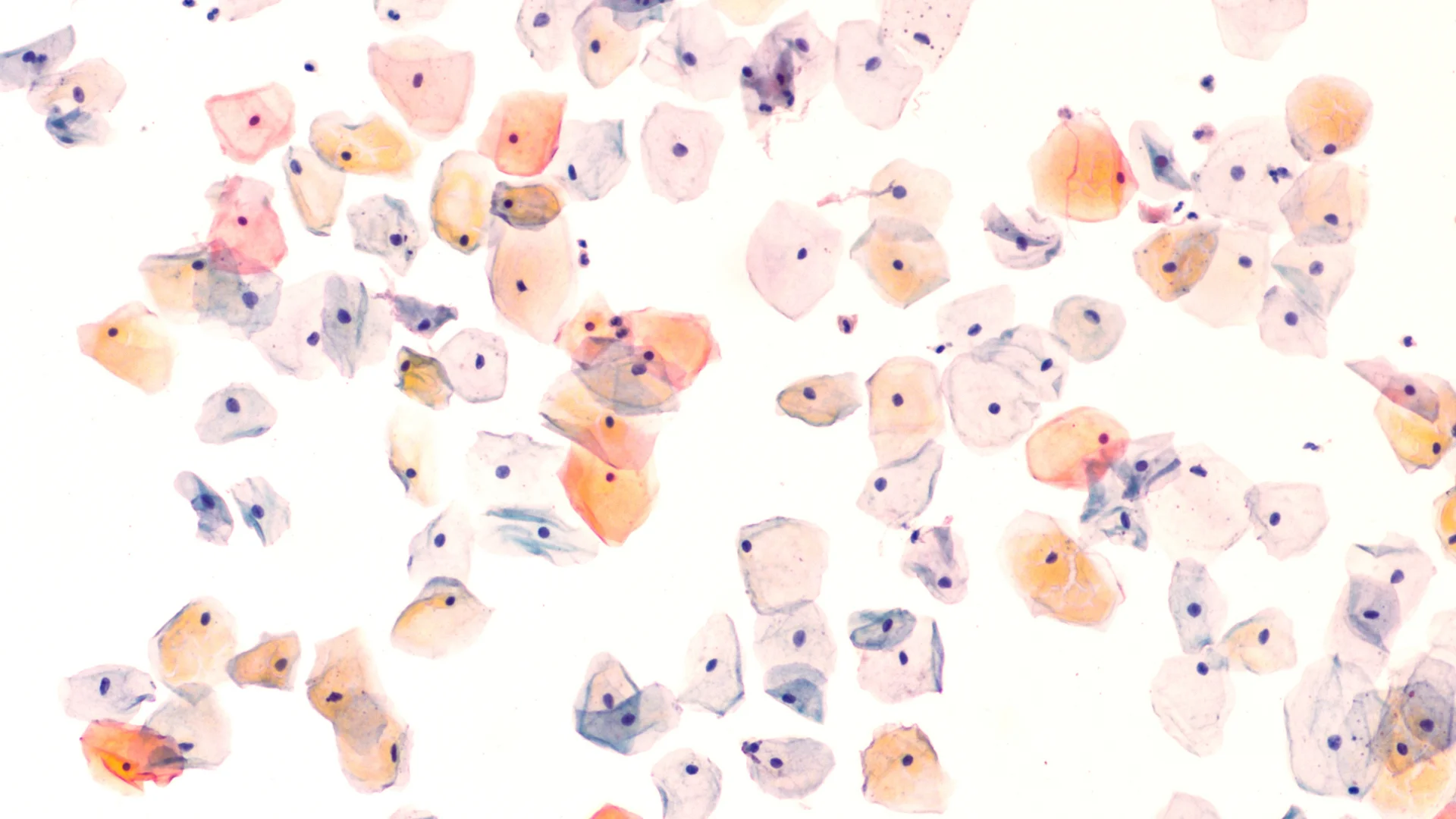
Understanding Condylomas 🦠
Condylomas, also known as genital warts, are small, raised, grain-like formations that typically appear on the skin of the genital area. These growths are primarily caused by viruses, often transmitted through sexual contact.
What Are the Symptoms? 🔍
Condylomas can cause a range of symptoms, particularly in and around the anal region:
How Are Condylomas Treated? 💊
Treatment for condylomas depends on their size and severity:
Prevention Tips
Preventing condylomas involves a combination of hygiene practices and safe behaviors.
1. Maintain Personal Hygiene: 🧼🧽💧
2. Practice Safe Sex: 🛡️ Use protective measures, such as condoms, during sexual activity to reduce the risk of transmission.
3. Seek Medical Advice Early: 🩺 Schedule regular consultations with a gastroenterologist or dermatologist if you notice unusual symptoms or suspect exposure.
Why Early Diagnosis Matters 💡
Condylomas, if left untreated, can grow, spread, or cause discomfort. Timely diagnosis and treatment not only alleviate symptoms but also reduce the risk of transmitting the condition to others. By prioritizing personal hygiene, safe sexual practices, and regular medical check-ups, you can effectively manage and prevent condylomas.
If you notice any of the symptoms listed above, consult a healthcare provider promptly to receive proper evaluation and care.
🩺 Explore out our Check-Up Programs!
DISCLAIMER: The information presented on this page has been intentionally condensed and simplified to make it accessible and easier to understand for the general audience. Its purpose is solely to provide basic awareness and education on the topic discussed. It is important to note that this content is not exhaustive and does not replace or serve as a substitute for professional medical advice, diagnosis, or treatment. Readers are strongly advised to seek consultations with qualified healthcare professionals or specialists for accurate assessment, personalized guidance, and appropriate medical care. Relying solely on the information provided here, without professional oversight, may lead to misunderstandings or inadequate treatment.
Privacy policy
Copyright ©2025 Klinika Kajo. Designed By Vizional